THE LAB_Muddy Urbanism_Thurs 9 May – Sunday 19 May
The Lab at the 5th Auckland Triennial represents a major opportunity to develop local architectural culture. Teams of academics, students, and architects will contribute to The Lab, a design-based open laboratory described by curator Hou Hanru as ‘the brain’ of the Triennial. Along with some specifically invited projects from all around the world, the Lab is a joint project of the architecture and spatial design faculties of The University of Auckland, AUT, and UNITEC, and extends a series of inter-disciplinary design projects run collaboratively between the three institutions.
The goal of The Lab is to bring the energy and flexibility of the architectural design process, urban and related trans-disciplinary researches into the gallery, and it will unfold through the Triennial as a sequence of five design and research projects and a roster of related events – workshops, lectures, actions, debates, tours, performances, roundtable discussions – all responding to the challenges posed by Hou Hanru’s If You Were To Live Here… theme. The city is consumed with concerns of the quantitative: ‘How much have you got?’ The Lab’s role is to act as a catalyst for critical examination of the qualitative in the city. What role do the creative disciplines play in the urban realm? How might they engender a different quality of life and new social and political relationship? How might we live here ‘better’ with a more open perspectives towards history, the present and future as well as multiple cultural influences? While creative practitioners operating in the public realm address such questions daily and the architectural culture we are building holds these questions central, The Lab is intended as a catalyst to embed such speculations within our broader urban culture.
The five teams will present interdisciplinary design projects that respond to the challenges posed by Hanru’s theme. Kathy Waghorn will work with American architect-academic Teddy Cruz to develop proposals for the rejuvenation of the Whau River area in Avondale. Sarosh Mulla, one of the founders of design collective Oh.No.Sumo, will direct specially designed installations exploring the Kiwi ‘quarter-acre dream’. Rau Hoskins and Carin Wilson will lead a UNITEC team to design a hākari stage – a temporary and often massive Māori feast structure not constructed for 150 years. An interdisciplinary group from AUT, led by Albert Refiti, Elvon Young, Emily O’Hara, Lars Jerlach, and Monique Redmond, will rethink the role of ‘the social’ and ‘the public’ in the city. Professor Andrew Barrie will consider the long-term affects of disasters on our cities, in particular how the rebuilding of destroyed churches can contribute to the recovery of Christchurch.
Designed by Mike Davis and Sara Lee from The University of Auckland, the physical space of The Lab in the Chartwell Gallery is a flexible system allowing quick and easy transition between exhibition and event modes. Graphic designers Jonty Valentine and Amy Yalland will document the proposals and events generated in the Lab in real time, creating papers to take away and an ever-changing wall installation.
Architecture is an inherently optimistic occupation. While the art world is tolerant, perhaps even encouraging, of its practitioners critically exploring the darker human impulses, architects are with few exceptions engaged only to lighten, order, expand, or otherwise improve part of the world. The encounter between art and architecture can generate a much more complex and dynamic picture of the world. Hanru’s inclusion in the Triennial of projects explicitly concerned with architecture and urban design allows for a double optimism. We can be hopeful that the projects developed in The Lab will act as catalysts for ongoing thinking, discussion, and action within our cities, but also that their inclusion will enrich connections with visual arts culture, both locally and globally. The projects in The Lab are a chance not only to think about how we live and imagine new possibilities, but to develop relationships and build culture.
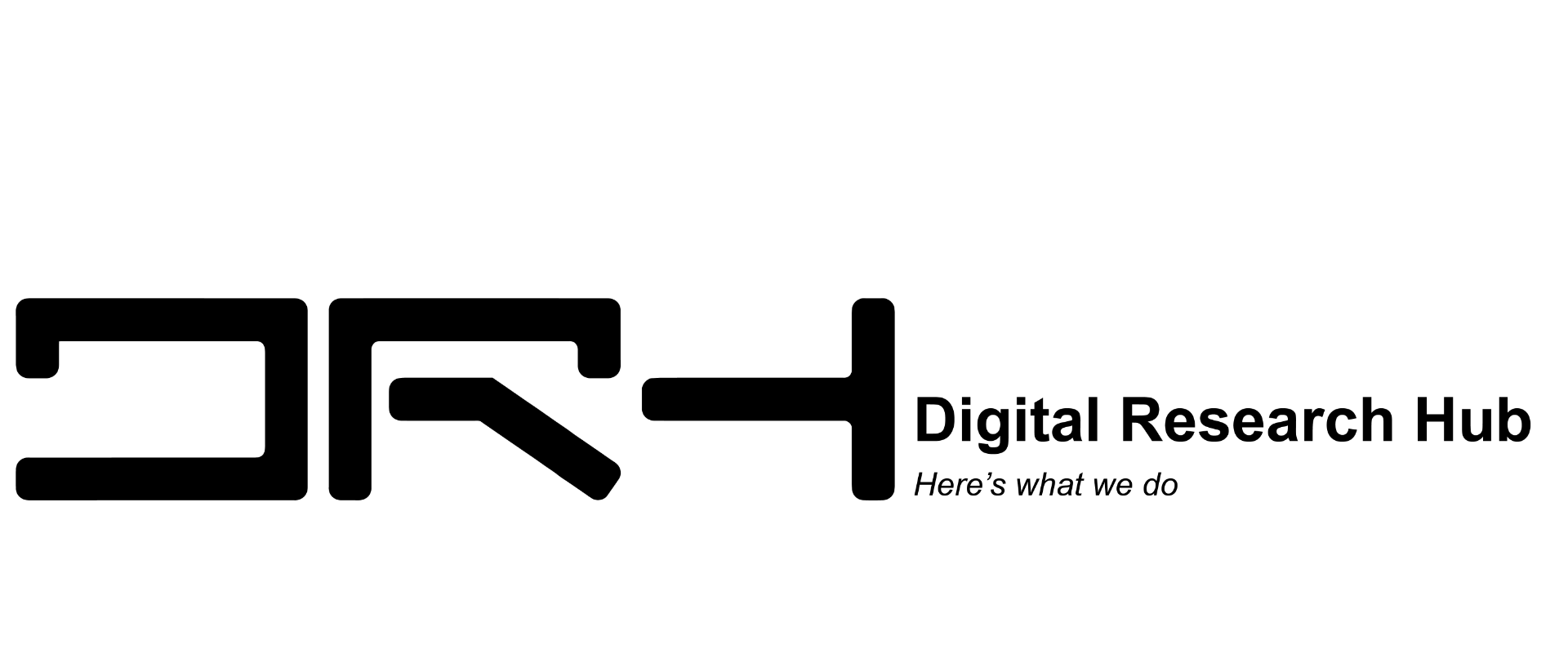

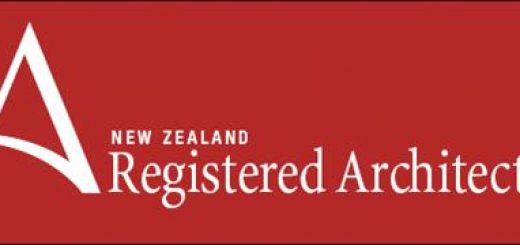
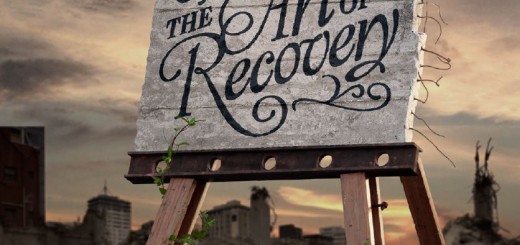
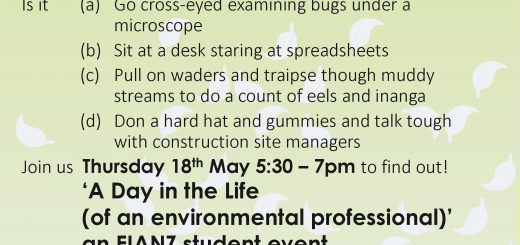
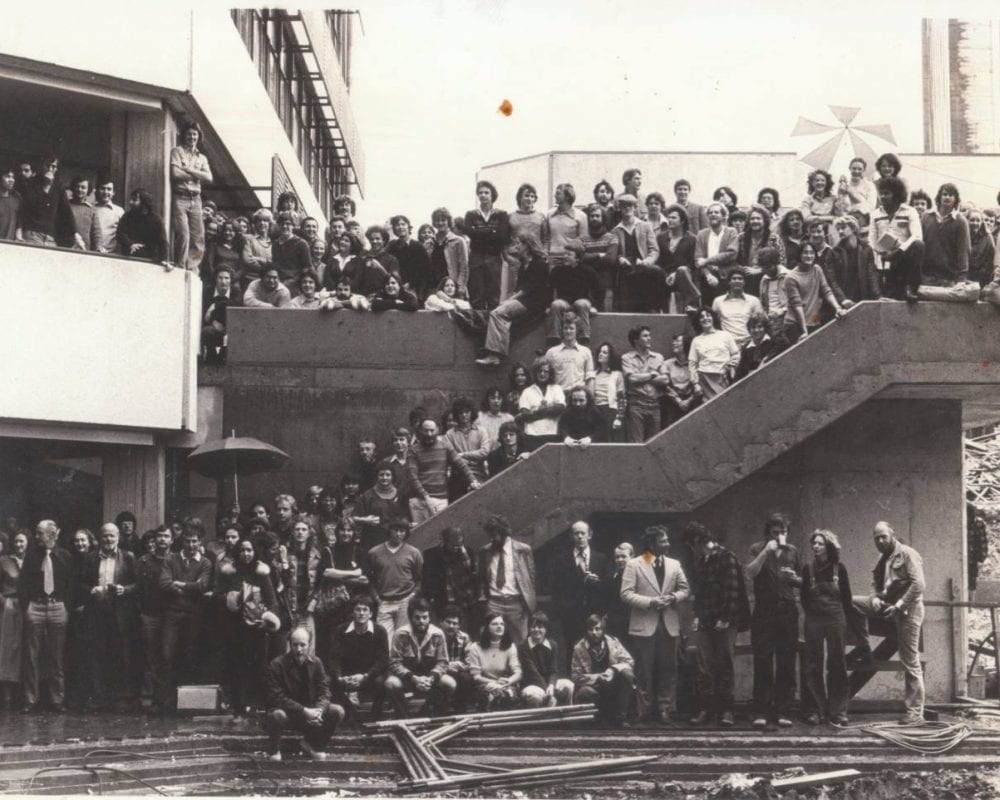
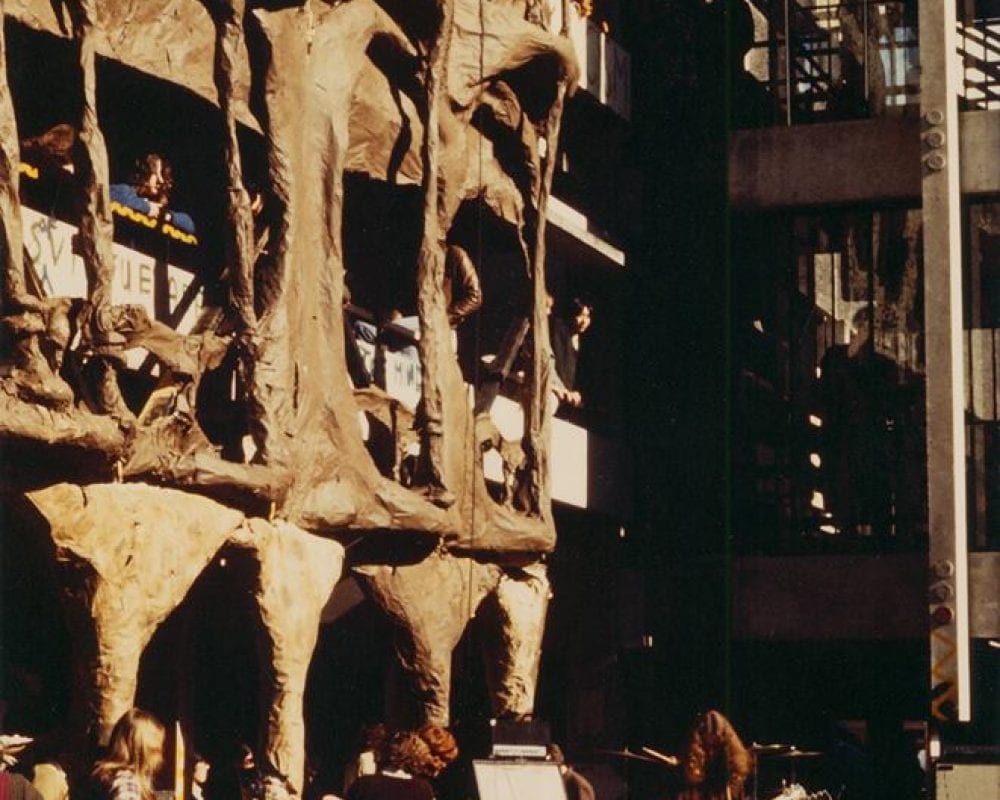
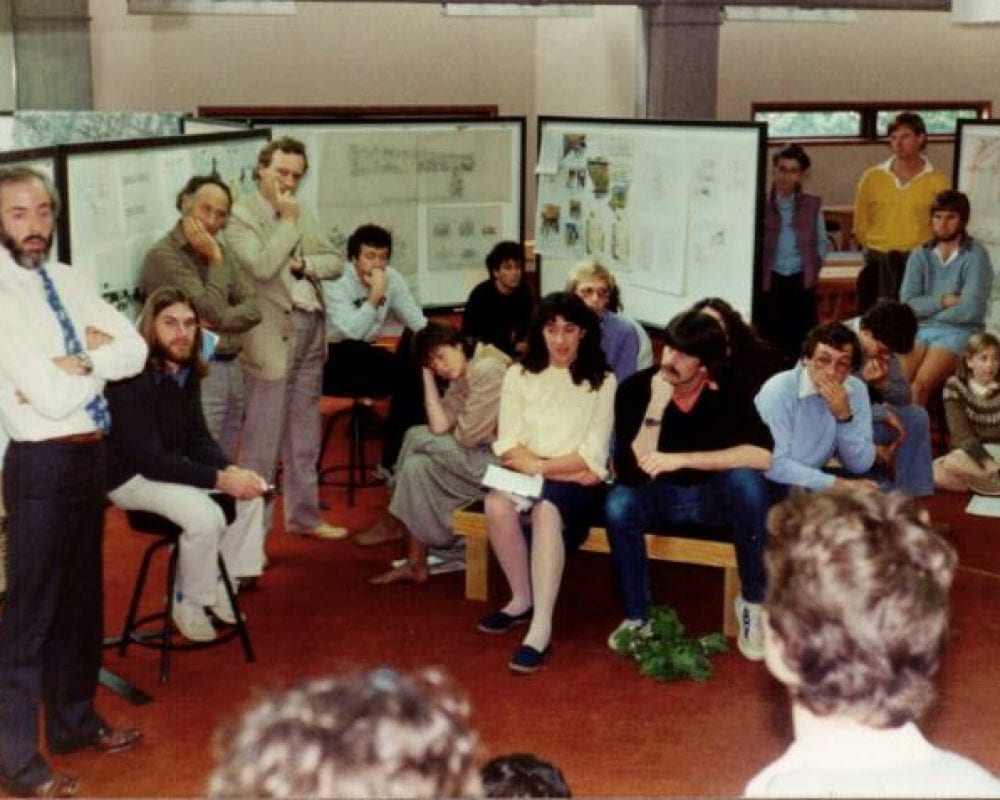
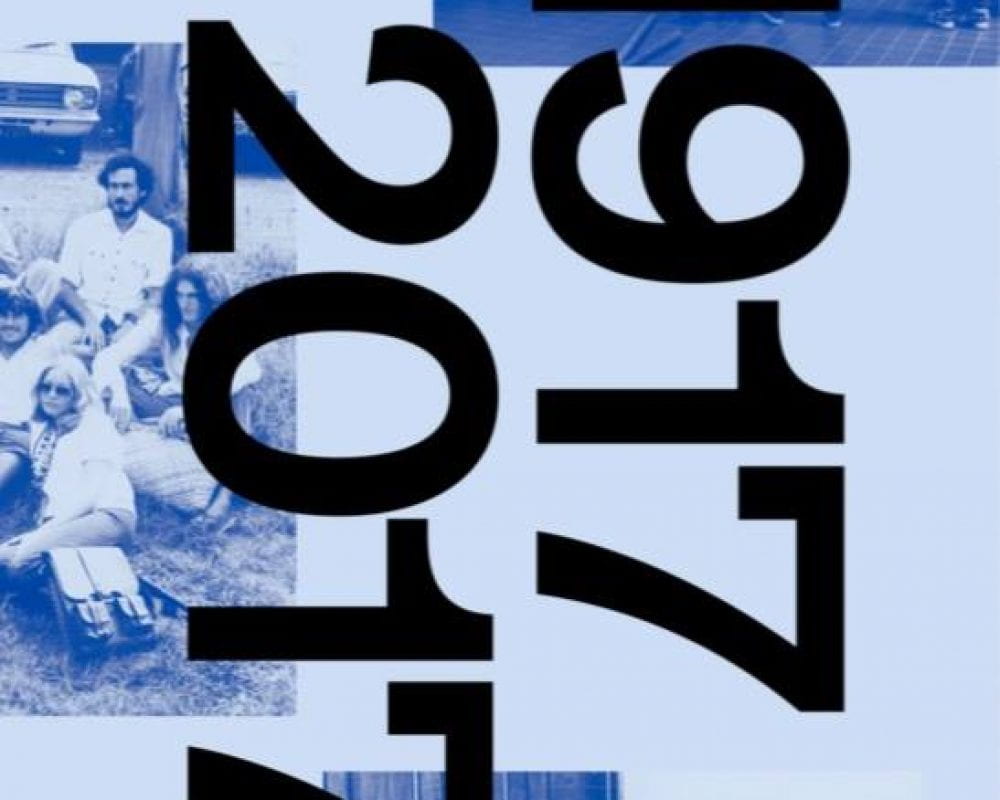
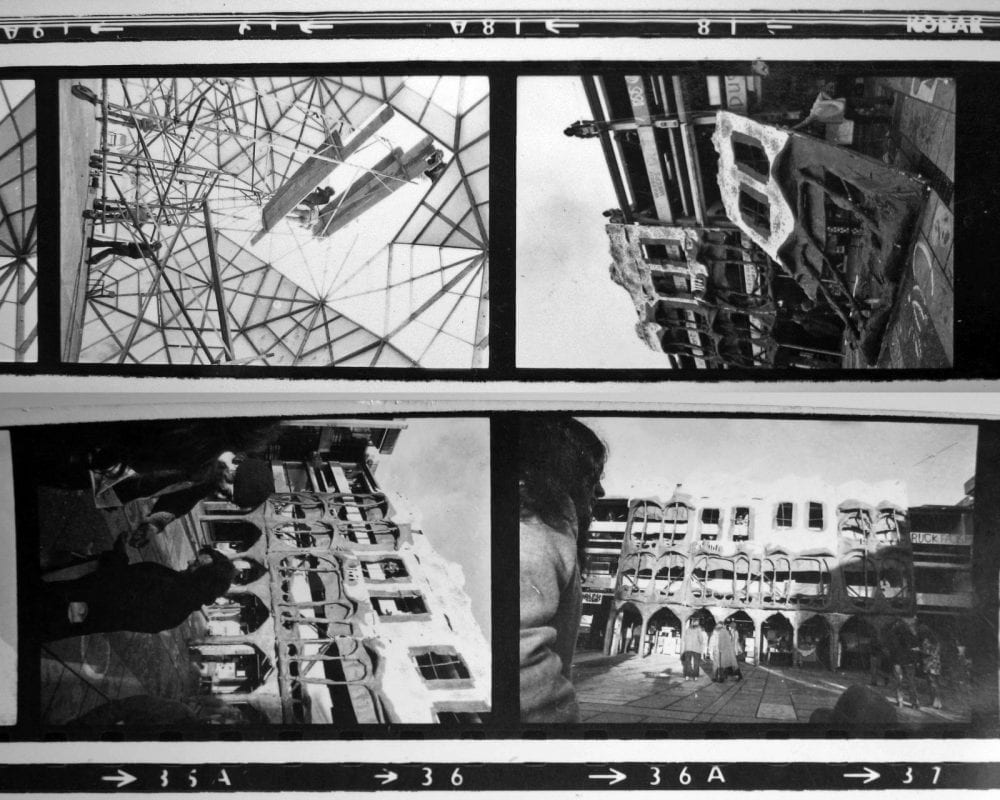
You must be logged in to post a comment.